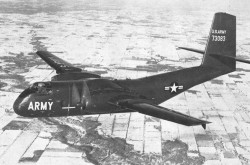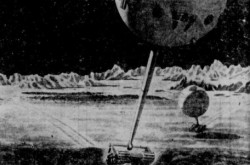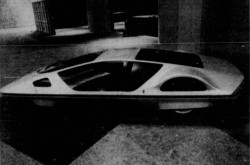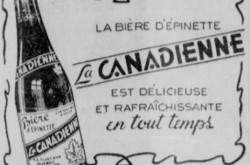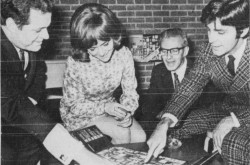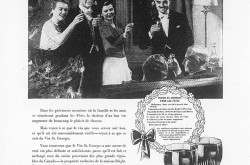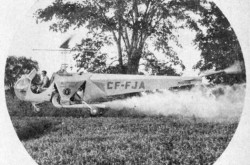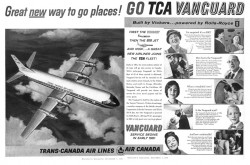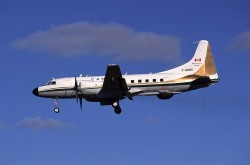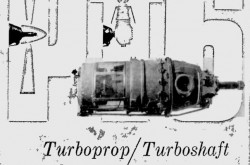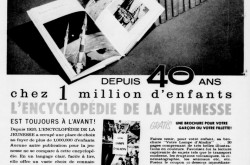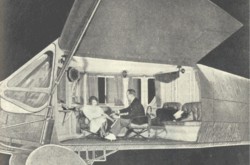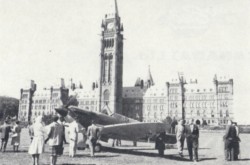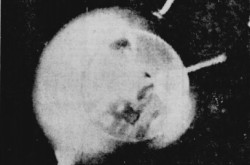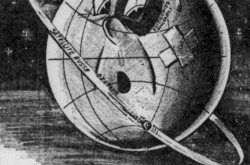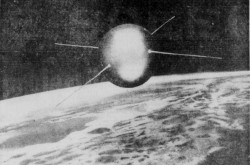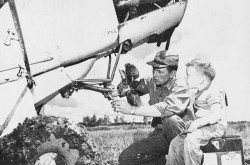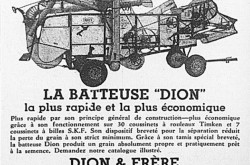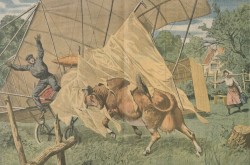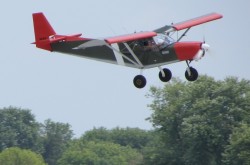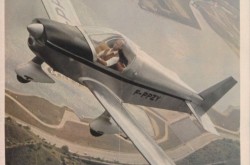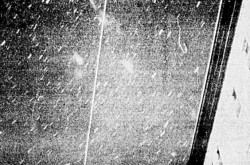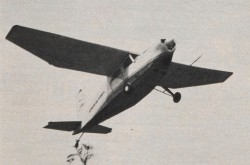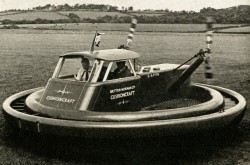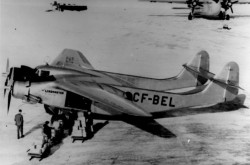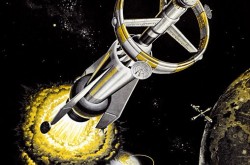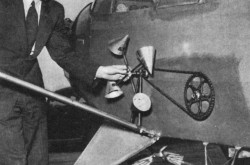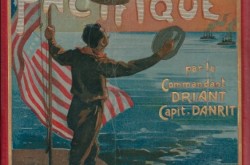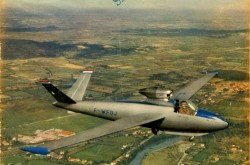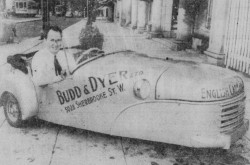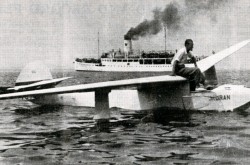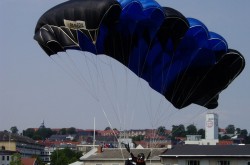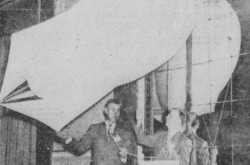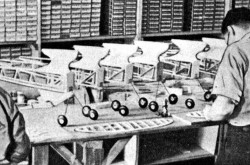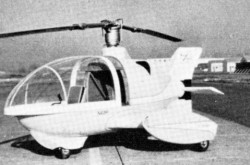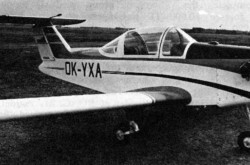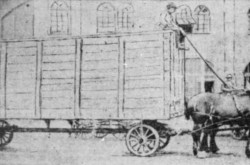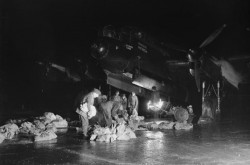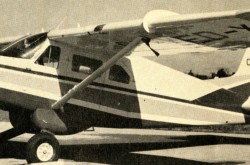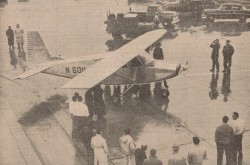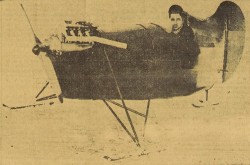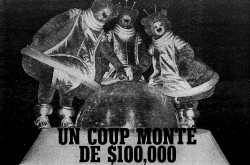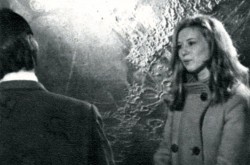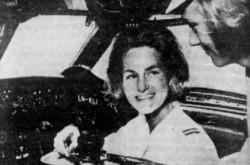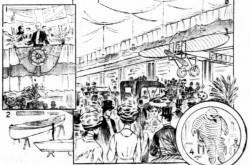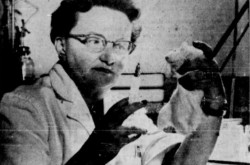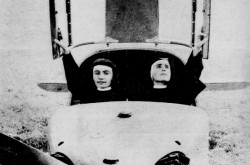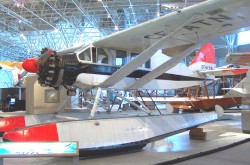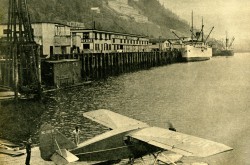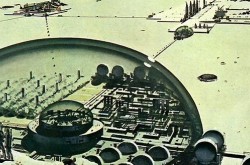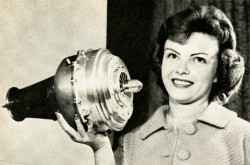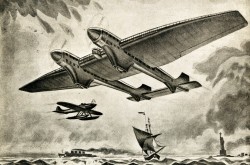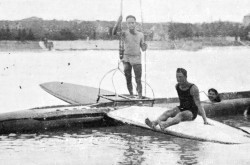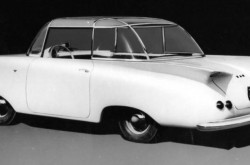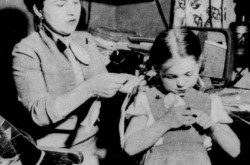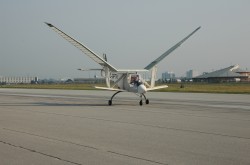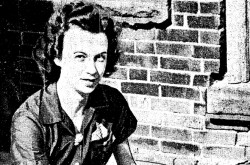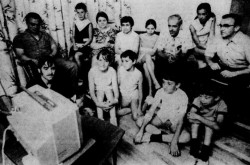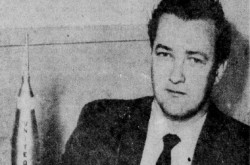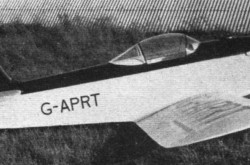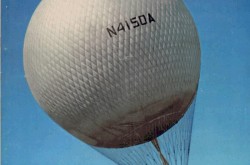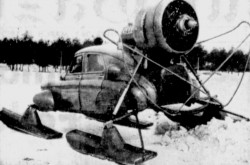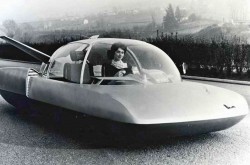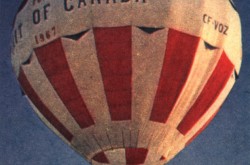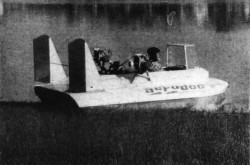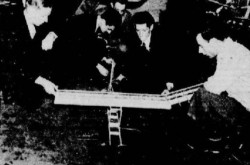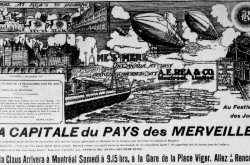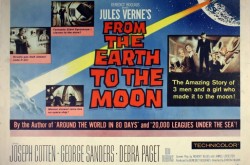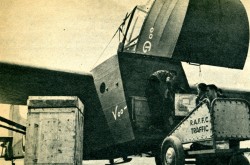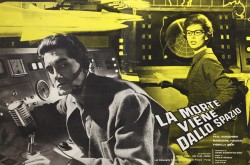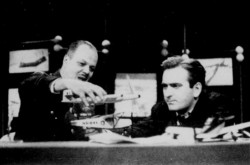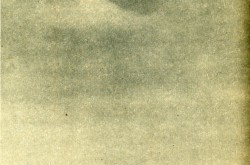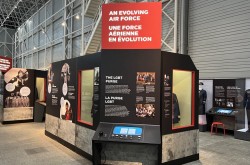If we have seen further, it is by standing on the shoulders of a giant: Frank Henry Ellis and Canada’s Flying Heritage

Hello and… And yes, my slightly anal reading friend, you are quite right. 28 July 1951 was a Saturday, not a Sunday, but what can yours truly tell you? Sunday Sun Magazine, a supplement of The Sunday Sun, the weekend edition of the daily newspaper The Vancouver Sun of Vancouver, British Columbia, was seemingly published on a Saturday – at least on that occasion. Go figure.
Again, hello and welcome to the wonderful world of aeronautics and astronautics and, more specifically, the 200th topic (!) explored in our blog / bulletin / thingee. I have the uncontained pleasure of bringing to your attention, your undivided attention of course, a gentleman who was in all likelihood Canada’s first aviation historian, an amateur one as were / are / probably will be most other Canadian aviation historians, true enough, but still an important figure in the preservation of Canada’s aeronautical heritage.
Frank Henry Ellis was born in Nottingham, England, in October 1893. He came to Canada or, to be more precise, to Calgary, Alberta, in 1912, with the rest of his family. At the time, Ellis might have been working as a mechanic.
Like many young Homo sapiens of his generation, Ellis was fascinated by those magnificent men in their flying machines who went up-tiddly-up-up – to paraphrase a line of the title song of Those Magnificent Men in Their Flying Machines, or, How I Flew from London to Paris in 25 Hours and 11 Minutes, an excellent 1965 British comedy, filmed by an American studio, which showed the misadventures of aviators from several countries who were trying to win a fictitious London, United Kingdom, to Paris, France, race in 1910.
In Calgary, during the winter of 1913-14, Ellis and a fellow aviation enthusiast, Thomas G. “Tom” Blakely, built an aeroplane similar in design to the biplanes made by Curtiss Aeroplane Company, one of the most successful aeroplane manufacturers in the United States.
They did so using components, including an engine, acquired by the latter. Said components came from an otherwise unknown Curtiss-type aeroplane, made in Calgary by an unknown mechanic, which may, I repeat, may have hit a wagon during its first trial. Having concluded that he could not re-assemble the aeroplane on his own, Blakely advertised for a partner. Ellis answered. A partnership was formed.
Blakely test flew the Blakely-Ellis / Ellis-Blakely biplane, perhaps known as West Wind, his first flight actually, on 25 June 1914. This flight was the first made in Calgary by a powered aeroplane made in Canada. Ellis followed suit on 2 July. The aeroplane flew relatively well but the rocky ground meant that tire punctures were a frequent annoyance.
To answer to question you are bound to ask, the very first flight of a powered aeroplane in Calgary was made in April 1911, by Hugh Armstrong Robinson, an American pilot and member of the exhibition team set up by Curtiss Aeroplane.
Blakely and Ellis stored their aeroplane in the fall of 1914. They took it out in the summer (or spring?) of 1915 but moved to another location near Calgary, where the ground was less rocky. The dynamic duo seemingly flew the aeroplane on several occasions. In September, however, a storm tore the West Wind from its moorings. Blakely and Ellis found their machine 800 or so metres (about 0.5 mile) from its starting position. Damaged beyond repair, it did not fly again.
Presumably aware that British flying schools operated by the Royal Flying Corps (RFC) of the British Army or, more precisely, by the RFC (Canada), or Imperial RFC, were active in southern Ontario, Blakely and Ellis enlisted in 1917. From the looks of it, Ellis was involved in the training of pilots in one or more of said flying schools.
In any event, Ellis may have considered the possibility of making a career of sort in aviation after the end of the First World War. In early July 1919, he became the first Canadian or, to be more precise, the first British subject, there being no such thing as a Canadian citizenship in 1919, to make a parachute jump from an aeroplane on Canadian soil – more specifically Crystal Beach, Fort Erie, Ontario. Incidentally, Ellis, who was wearing a bathing suit and a makeshift life preserver made from what appear to be inner tubes of automobile tires, landed in Lake Erie – or the Niagara River. Would you be surprised if I told you that this parachute jump was the first Ellis had ever made? It may also have been the last, and…
What is it, my reading friend? You were puzzled by my statement regarding the absence of a Canadian citizenship in 1919? Well, that was the sad truth. The Canadian Citizenship Act became a thing in January 1947. The New Zealand, Australian and British counterparts of this act acquired force of law in 1948.
In October 1920, a fur buyer, Frank J. Stanley, asked one of the first commercial air operator in western Canada, Canadian Aircraft Company of Winnipeg, Manitoba, to fly him to his family home in The Pas, Manitoba. The firm accepted. Hector Fraser Dougall would fly the aeroplane. Ellis would be his mechanic during that odyssey. The machine the trio flew in was one of Canadian Aircraft’s civilianised (3 seats instead of 2) Avro Type 504 military training aeroplanes.
Would you believe that the Canada Aviation and Space Museum, in Ottawa, Ontario, has 2, I repeat 2, Type 504s in its mind-blowing collection?
This Winnipeg-The Pas flight was the first flight made in northern Canada, and the first bush / commercial flight made in that region of the country. It may, I repeat may, have been sponsored at least in part by the Great War Veterans’ Association of Canada Incorporated, the largest association of First World War veterans in Canada.
Would you be interested in learning more about this journey? No? What do you mean, no?
On day 1 of the trip, 15 October, Dougall flew north, following the Canadian Pacific Railway Company track so that he would not get lost. A faulty spark plug forced him to make an unplanned landing at Gladstone, Manitoba, in a plowed field. Attracted by this unexpected arrival, a number of people showed to look at the aeroplane. A quick repair (made by Ellis?) allowed Dougall, Ellis and Stanley to continue on their journey.
And yes, Canadian Pacific Railway Company was mentioned several / many times in our blog / bulletin / thingee, and this since April 2018.
A planned refueling stop was made in Dauphin, Manitoba, where Dougall landed once again in a plowed field. That time around, quite a few people were on hand. Dougall, Ellis and Stanley were driven into town to make arrangements to refuel the Type 504 and have a good if quick meal.
As the weather turned cloudy and cold, Dougall headed for Swan Rivers, Manitoba. The weather being pretty miserable, he decided to spend the night there. The terrific trio hiked into town and found rooms in a hotel.
On day 2 of the trip, 16 October, despite the cold and windy conditions, with low clouds and snow squalls, Dougall got to Hudson Bay Junction, Saskatchewan, as planned, and… Yes, yes, Saskatchewan. You see, this village was one of the stops of the Canadian Northern Railway Company track that Dougall wanted to follow all the way to The Pas so that he would not get lost.
May yours truly continue without any further interruption? Thank you. By the time Dougall got to Hudson Bay Junction, the Type 504 did not have much gasoline left in its tanks. Realising that it would not be prudent to keep going, Dougall began to look for some place to land. Circling the village in what was now a snow storm, he only saw bushes, trees and bogland / swampland / muskeg. Having little choice, Dougall picked an area devoid of bushes and trees and made his approach. Given the cold weather, the soil was relatively solid but the Type 504 sank to its wheel axle, coming to a dead stop in a matter of seconds. Dougall, Ellis and Stanley were lucky to walk away without any serious injuries.
Virtually all the 50 or so inhabitants of Hudson Bay Junction rushed to the scene. Few if any of them had seen an aeroplane before. They readily agreed to get the Type 504 out of its prison and move it to a slightly higher and dryer piece of land. This being done, the people of the village invited their unexpected guests to a heartfelt if improvised celebration. Dougall, Ellis and Stanley spent the night in the local “hotel.”
On day 3 of the trip, 17 October, the skies were clear but there was a fair amount of wind. Work on a makeshift runway, started the previous day, proceeded apace.
Yours truly presumes that a crucial matter had been settled before much of that work took place. Otherwise, what would have been the point? What was this crucial matter, you ask, my reading friend? The presence or absence of gasoline in Hudson Bay Junction, of course. Dougall was initially informed that there was no gasoline to be found, which was most disheartening. In a bold gesture of goodwill, however, the Chinese Canadian owner of the local cafe and laundry donated all the gasoline he had put aside to keep his home lamps burning. The Type 504 took off without too much difficulty, well after sunset, but the lower wings seemingly brushed against the tips of several trees at the end of the runway.
A potentially delicate thought if I may. It is my hope that the owner of the Hudson Bay Junction cafe and laundry willingly donated all his gasoline, without any pressure being put on him.
In any event, Dougall reached The Pas without too much difficulty, by following the Canadian Northern Railway track. He circled the town a few times and landed on a cow pasture which seemed reasonably devoid of obstacles. The mayor, Bernard Monroe “Barney” Stitt, and his aldermen were utterly thrilled, and perhaps a bit relieved, to shake their hand. Hundreds of people cheered. A banquet was held that very evening.
An elder of the Néhinaw / Cree First Nation, who like pretty much everyone living at The Pas in 1920 had never seen an aeroplane, suggested that the name Thunderbird would be a most appropriate one for this remarkable machine. Dougall agreed.
He, Ellis and Stanley had covered a distance of 625 or so kilometres (390 or so miles) at an average speed of about 100 kilometres/hour (about 63 miles/hour) – an astonishing performance in 1920 northern Canada and a clear indication of the usefulness of aircraft in that region of the country, but I digress.
Stanley went home to rejoin his family, as planned, after giving Dougall the sum of, it was said (typed?), $ 500 – an amount equivalent to $ 7 300 in 2021 currency.
Incidentally, a one way flight between Winnipeg and The Pas seemingly cost more than $ 800 in 2021. A person could book a return (!) flight between Ottawa and Paris, or London, for that kind of money. The mind boggles. Is it me or is the Canadian air transportation system a few fries short of a happy meal? Just askin’. And back to The Pas we go.
Dougall and Ellis had planned to fly back to Winnipeg as quickly as possible but the weather conditions made short work of their plan. Realising that the Type 504 would have to be partly dismantled and sent to Winnipeg by train, Dougall thought it might be a good idea to offer a few joyrides to the good people of The Pas.
Whether or not Dougall and Ellis ended up having to spend the winter of 1920-21 in northern Manitoba is unclear. Somehow, yours truly doubts it very much.
Unable to make ends meet in aviation in Calgary, Ellis moved to British Columbia around 1921-22. Would you believe that the young woman he met, and married, in West Vancouver, British Columbia, Elizabeth M. “Elsie” Ellis, had also been born in Nottingham? Ours is a small world, is it not?
Ellis began to drive buses operated by West Vancouver Municipal Transportation, today’s West Vancouver Municipal Transit, commonly known as Blue Bus, in West Vancouver, around 1924-25. He pursued this occupation until his retirement, in late 1953, I think. By that time, Ellis was the most senior driver in the firm.
And yes, my environmentally-conscious reading friend, West Vancouver Municipal Transit is indeed one of the oldest continuously-operated municipal public transit systems in North America, but back to our story.
It was seemingly between 1925 and 1930 that Ellis became interested in gathering information on the early days of aviation in Canada. Over the years, he contacted as many people as he could, writing (typing?) and / or receiving as many as 6 000 letters in the process, and gathered large amounts of information – and increasing number of priceless photographs.
Ellis may have begun writing (typing?) the manuscript of a book, tentatively entitled Wings of Memory as early as 1935. His spouse proofread his material.
Texts written by Ellis may, I repeat may, have begun to appear in various publications, including newspapers, not to mention the well-known Canadian aviation monthly Canadian Aviation, around 1938. All in all, he may have written up to 100 or so of these texts. Said texts generated a lot of interest. And yes, Ellis’ spouse presumably proofread that material as well.
After coming across one or more article, many individuals involved in various aspects of aviation in Canada contacted Ellis. The latter’s research files grew thicker with every passing month.
Before I forget, in 1938, Ellis became a member of an American organisation founded in 1928 which regrouped individuals, individuals from around the globe in fact, who had piloted an aeroplane, airship, balloon or glider before 17 December 1916. He had heard of Early Birds of Aviation Incorporated in 1936 but finding their address proved more complicated than he had originally thought. And yes, my observant reading friend, Early Birds of Aviation is indeed mentioned in the caption of the photograph at the beginning of this issue of our blog / bulletin / thingee.
No later than 1939, Ellis also began to make models of Canadian or foreign pioneer aeroplanes flown in Canada before the onset of the First World War. Indeed, he had 6 by end of that year. Two of these were models of machines made by the Aerial Experiment Association (AEA), a Canadian-American organisation mentioned in many issues of our blog / bulletin / thingee since October 2018, namely the Aerodrome No. 1 Red Wing and the Aerodrome No. 4 Silver Dart – a famous machine which requires no introduction, and…
All right, all right. Put down the flaming torches and pitchforks. The Silver Dart has been mentioned on many occasions in our you know what, and this since October 2018. Geez…
And yes, Ellis built a model of the Blakely-Ellis / Ellis-Blakely. The other trio of aeroplanes reproduced by Ellis also played more or less minor roles in the history of aviation in Canada:
- the American-designed and made Curtiss biplane flown by William M. “Bill / Billy” Stark of Vancouver;
- the Canadian-designed and made Straith biplane, made and flown by William Percy Alexander “Bill” Straith, the first powered aeroplane made and flown in Manitoba; and
- the Canadian-designed and made Templeton-McMullen biplane, made and / or flown by William “Bill” Templeton, Winston Templeton et William McMullen, the first powered aeroplane made and flown in British Columbia.
It looks as if Ellis presented these models to the city of Vancouver in February 1940. The city daddies were so impressed that said models were put in a plate-glass display case in the waiting room of the administration building. The models were later moved to the airport on Sea Island, near Vancouver, where they remained for 8 or so years. They were transferred to the Vancouver archives, I think, in 1949.
By late 1959 at the latest, Ellis may have put together 18 models, I think, of different Canadian or foreign pioneer aeroplanes flown in Canada shortly before (and / or shortly after?) the onset of the First World War. Some, if not many of the models, the post 1939 ones perhaps, were made, it was said by some, for a famous aircraft manufacturing firm, Canadair Limited of Cartierville, Québec, which had planned to display them at its factory. And yes, Canadair has been mentioned many times in our you know what since February 2018.
It has also been said that 12 or so models were displayed in various locations by the Royal Canadian Air Force, presumably as part of the celebrations surrounding the 50th anniversary of the first flight of the aforementioned Silver Dart on Canadian soil, on 23 February 1909.
It is with great pleasure that I can confirm that 12 of the models made by Ellis can now be found in the electrifying, dare I say (type?) galvanic, collection of the Canada Aviation and Space Museum.
Interestingly, or not, your choice, as usual, the original display cases of these 12 models had legs, which means that could also have been used as end tables / coffee tables, but I digress.
By 1951, the information and photographs gathered by Ellis had turned into a 275 000 words manuscript with 500 or so photographs on the history of aviation in Canada until the start of the Second World War, in September 1939. In other words, a 920 or so page text not counting the photographs. In other other words, a text potentially 2 or 3 or 4 times too big for publication – unless it got published as a 2 or 3 or 4 volume set, a risky proposition for any publisher, especially when dealing with a topic which did not really have the potential to produce a bestseller.
And yes, by 1951, Ellis had turned his precious typewritten manuscript to a publisher in Toronto, Ontario. He had approached several / many publishers before that and had received nothing but polite rejection letters.
And yet, Ellis was contemplating the possibility of writing a second volume which would cover the history of aviation in Canada after the onset of the Second World War.
His luck changed for the better when Marsh Jeanneret, the director of University of Toronto Press Limited, called Thomas Richardson “Tommy” Loudon to see if this former director of the Department of Civil and Aeronautical Engineering at the University of Toronto could look at the big cardboard box jammed full of material sent by Ellis. Loudon agreed. It took him a week to go through it all. An interesting week. For a long time now, Loudon had held the view that someone should publish an authoritative history of aviation in Canada. Ellis had done just that, for the period up to 1939.
After hearing Loudon’s enthusiastic report, Jeanneret indicated to Ellis that University of Toronto Press would publish his book.
There was a catch however. A big one. A profusely illustrated book like the one Jeanneret and University of Toronto Press envisioned, to properly tell the story, might cost about $ 50 – about $ 500 in 2021 currency. Such a wallet crushing cost would seriously limit the numbers of copies sold. At that price, Ellis’ book would even be out of reach of many public and academic libraries.
In a bold gesture of goodwill, Imperial Oil Limited of Toronto, a major oil company whose exploration work had often involved the use of aircraft, agreed to underwrite the cost of publishing Ellis’ book. Thomas Mayne “Pat” Reid, an executive at this firm and a well-known former bush pilot, played a crucial role in convincing his colleagues to become involved. Indeed, he may have made a financial contribution of his own.
Either before or after Imperial Oil indicated it would help, University of Toronto Press decided to absorb some of the expenses for the book.
It is worth noting that this publishing house put together an editorial board to check, cut, edit and revise the manuscript. Headed by Loudon, this group included such Canadian luminaries as Reid, former bush pilot Clennell Haggerston “Punch” Dickins as well the retired director of air service at the Department of Transport, John Armistead Wilson.
Sadly enough, Reid may not have seen the finished product. He died in April 1954, at the age of 59. In turn, Wilson passed away in October 1954, a month or so before Ellis’ book hit the shelves. He was 74 years old.
Did you know that Loudon was apparently a classmate of the 2 Canadian members of the aforementioned AEA, John Alexander Douglas McCurdy and Frederick Walker “Casey” Baldwin? These gentlemen were respectively mentioned many times since September 2017 and several time since October 2018, in our blog / bulletin / thingee.
And so it was that, in November 1954, bookshops across Canada put copies of Canada’s Flying Heritage on their shelves. At 390 or so pages, this pioneering work for the history of Canadian aviation, the first book of its kind in Canada, may, I repeat may, have contained little more than a third of the information gathered by Ellis. The book also contained 400 or so illustrations, some / many of them somewhat small. Sadly, it did not contain a whole lot about francophone Canadian aviation pioneers – a deficiency which did not go unnoticed at time went by.
At $ 7.95, or more than $ 75 in 2021 currency, Canada’s Flying Heritage was still not cheap but its purchase would not have caused as much spousal irritation in Canadian households as the acquisition of a $ 50 book. In any event, it was worth every penny.
Canada’s Flying Heritage covered in details great, if not always perfectly accurately, the period between the balloon experiments made in Montréal, Québec, in 1879, which were not the first on Canadian soil as Ellis seemingly thought, and the start of the Second World War, in September 1939.
The reaction of reviewers and aviation enthusiasts across the land was very positive and, in some cases, near ecstatic.
If I may be permitted a digression, in August 1840, a Franco-American balloonist born in Guadeloupe, the largest island in the French Antilles, Louis Anselm “Lewis” Lauriat, born, perhaps, Louis Anselme Lauriat, with an E, took to the sky air in Saint John, New Brunswick. Lauriat was then one of the most famous aeronauts in the northeastern United States. His balloon, The Star of the East, landed just under 35 kilometres (just over 20 miles) from the city. This was the first piloted flight in a territory which would later become part of Canada. And yes, this paragraph can be found, word for word, in a November 2020 issue of our blog / bulletin / thingee. What can I say (type?), I am lazy.
Hoping to boost sales, some bookstores put multiple copies of Canada’s Flying Heritage and several model aircraft on display in their front windows. Other bookstores put ads in newspapers. Indeed, many newspapers across Canada published dithyrambic articles on the book and its author.
Having launched Canada’s Flying Heritage in November 1954, University of Toronto Press hoped that this book would become a popular Christmas gift. It might have been right.
Incidentally, Ellis won 1 of the 2 James J. Strebig Memorial Awards given in 1955 by the Aviation Writers Association, today’s Aviation/Space Writers Association. The award in question was the United States’ highest award in the field of aviation writing.
And yes, Ellis continued to write articles after the publication of Canada’s Flying Heritage.
In 1959, Ryerson Press Limited of Whitby, Ontario, published In Canadian Skies: 50 Years of Adventure and Progress. Ellis’ second book, a relatively slim 230 or so page publication, was an overview of the history of aviation in Canada between the first flight of the aforementioned Silver Dart on Canadian soil, in February 1909, and the year 1959, during which said flight was commemorated. Indeed, In Canadian Skies was endorsed by the National Coordinating Council for the Golden Anniversary of Flight in Canada. It seemingly hit the shelves during the summer of 1959.
In 1963, Ryerson Press also published Atlantic Air Conquest: The Complete Story of All North Atlantic Flights and Attempts During the Pioneer Years from 1910 to 1940. Ellis and his spouse co-wrote this 220 or so page book.
Yours truly would be remiss if I did not point out that, like John Alexander Macdonald, Adolphus Egerton Ryerson was one of the architects of Canada’s infamous Indian residential school system, a mandatory network of boarding schools funded by the federal government but run by various Christian churches, including especially the roman catholic church. Approximately 150 000 First Nation, Métis and Inuit children attended residential schools, against their will, during the 19th and 20th centuries.
At least 3 200 of these children were known to have perished while in the “care” of said churches. Given the more than 1 300 unmarked graves found in May, June and July 2021 near 4 (!) of the 140 or so Indian residential schools, that tragic 3 200 number is undoubtedly a grotesque understatement of the total number of victims of the act of cultural genocide, an expression used by the 2008-15 Truth and Reconciliation Commission of Canada, that was Canada’s Indian residential school system. Fiat justitia ruat cælum.
Apologies for inserting such a sombre note in these pages but certain things need to be put out there, time and again. Systemic racism is not a myth concocted by activists that one denounces to please a political base. For millions of people who live there, Canada is not always “the more best country in the world,” to quote, out of context and in translation, the awkward yet undoubtedly sincere (apocryphal?) comment made in the early 1990s by then Prime Minister Joseph Jacques Jean Chrétien. End of statement.
Frank Henry Ellis passed away in July 1979, at the age of 85.
Canadian aviation historians of all stripes owed, owe and will continue to owe him a great deal.





































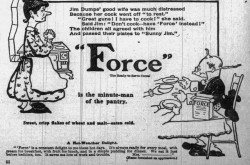
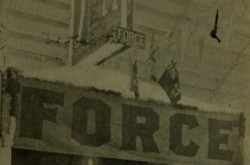
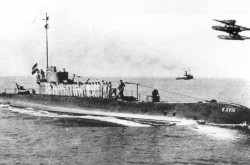
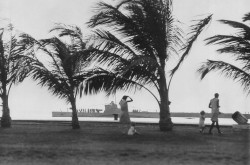
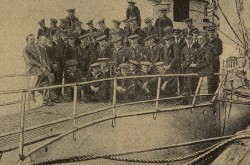
![A block of photographs showing some of the people involved in the bombing of beluga whales in the estuary and gulf of the St. Lawrence River. Anon., “La chasse aux marsouins [sic]. » Le Devoir, 15 August 1929, 6.](/sites/default/files/styles/thumbnail_7/public/2024-09/Le%20Devoir%2015%20aout%201929%20page%206.jpg?h=584f1d27&itok=TppdLItg)
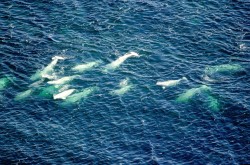
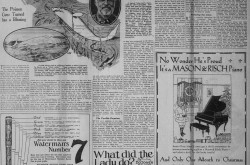

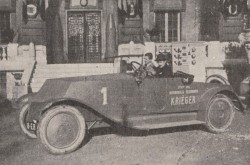
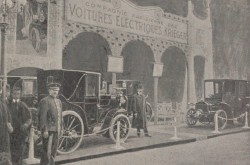
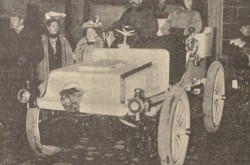
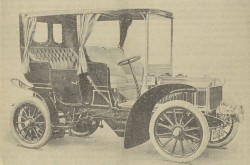

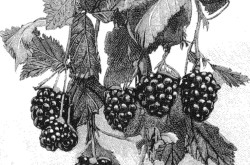
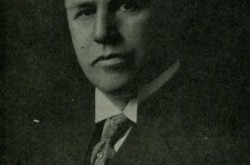
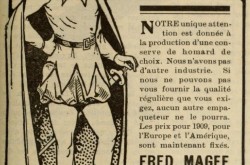
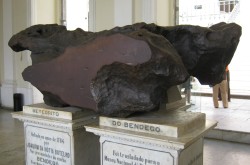
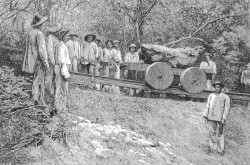
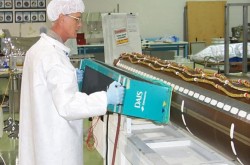

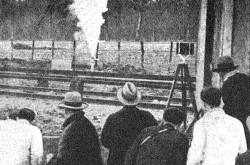
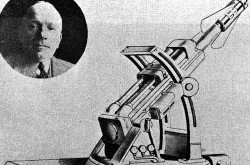
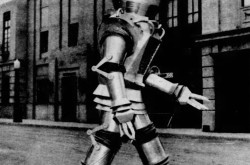

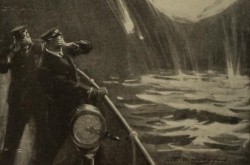
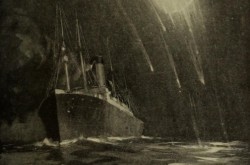
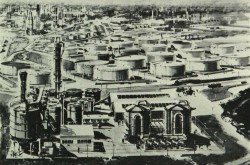

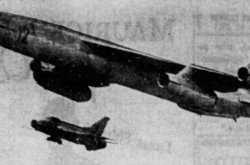
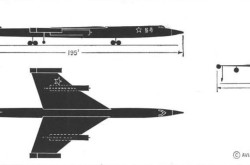
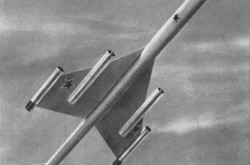
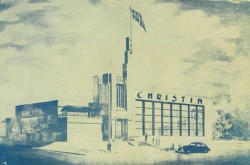
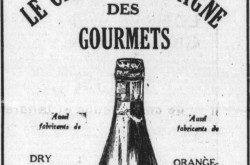
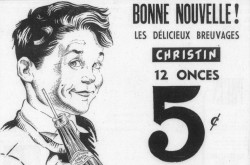
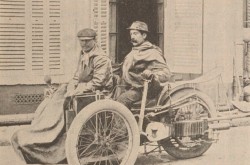
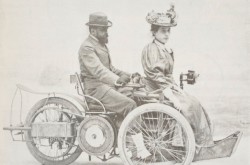
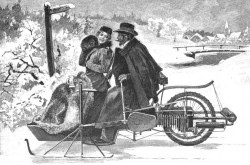
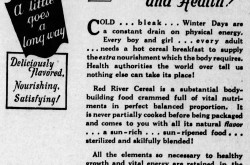

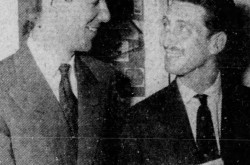
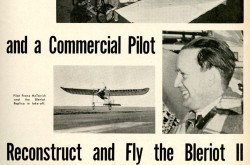
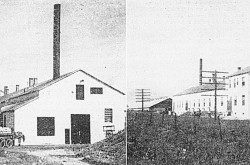
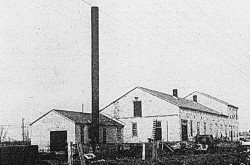



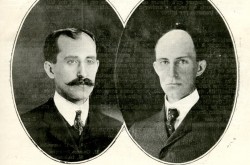

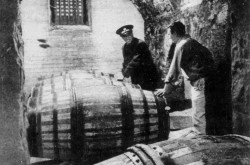
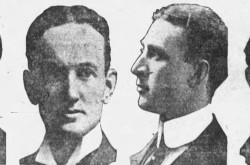
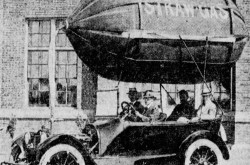
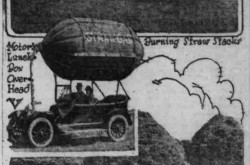
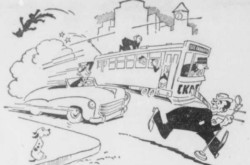

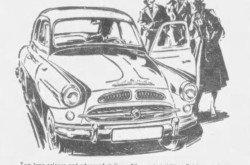
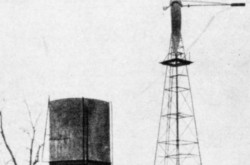
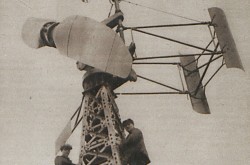
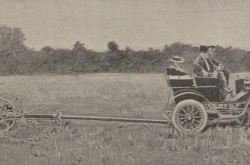

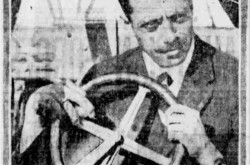
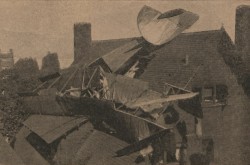
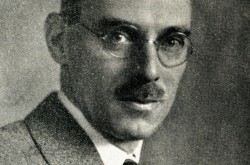
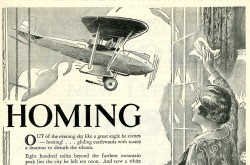
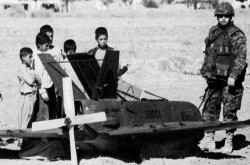
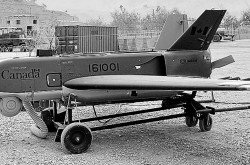
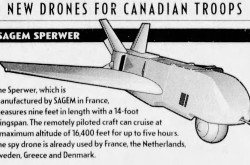
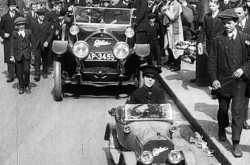
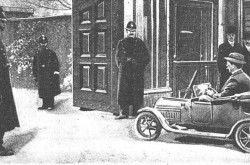
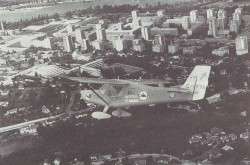
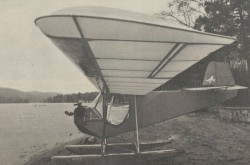

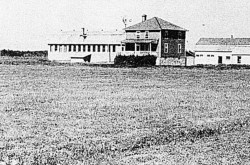
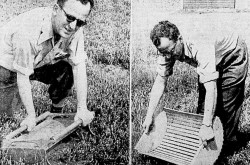
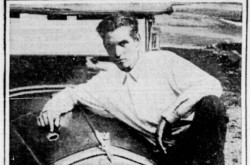
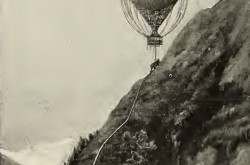
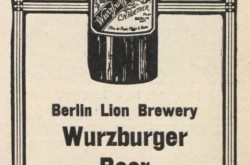

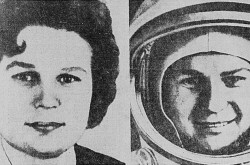
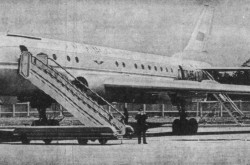
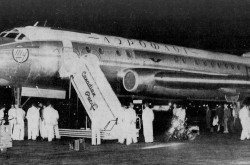
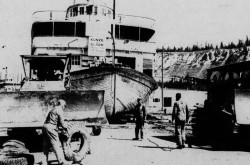
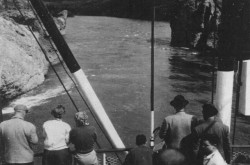
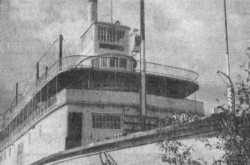
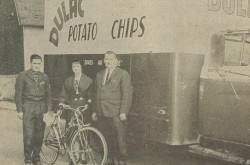
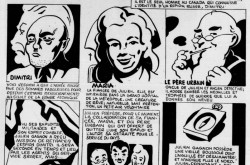
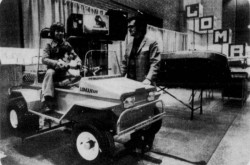
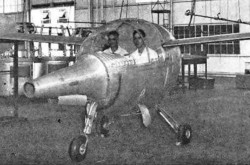
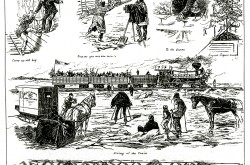
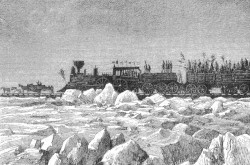
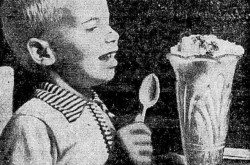
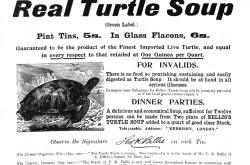
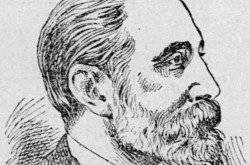
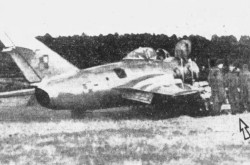
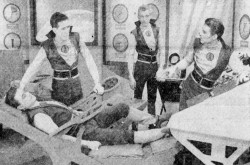
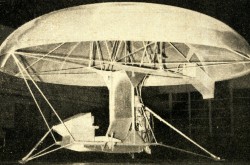
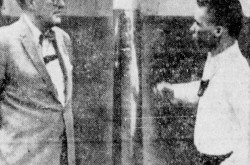
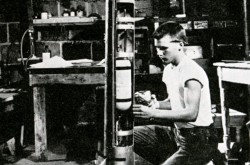
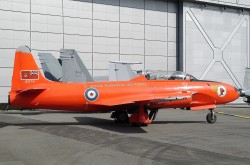
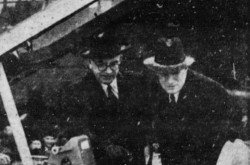
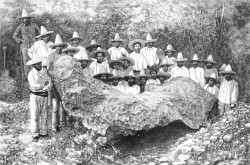
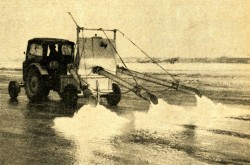
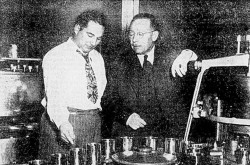
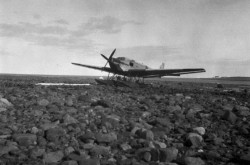
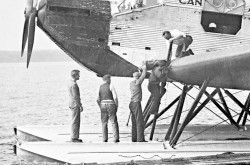
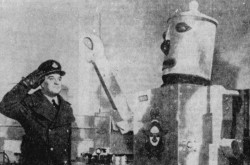
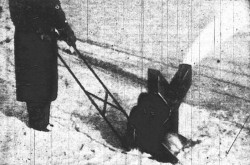
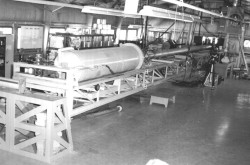
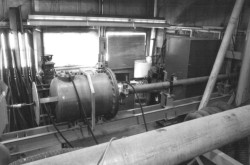
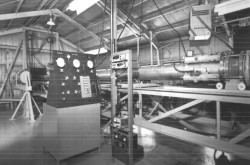
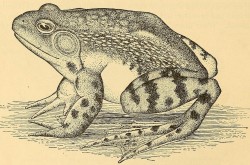
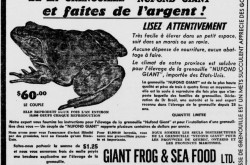
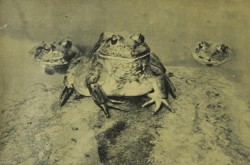
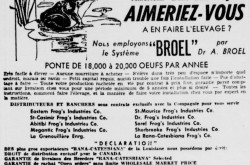
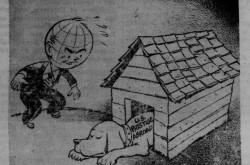
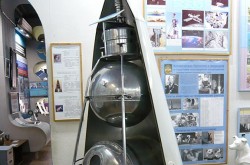
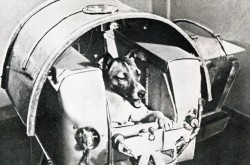
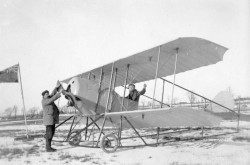
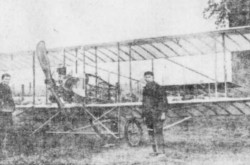
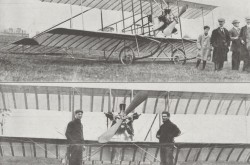
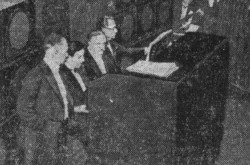
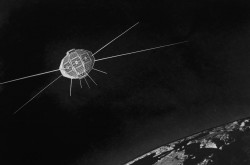
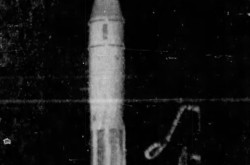
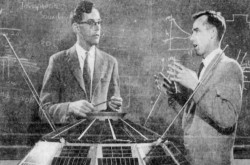
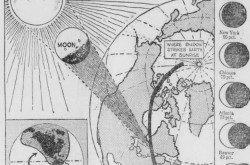



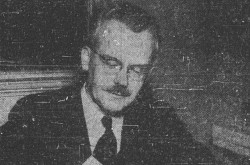
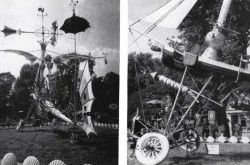
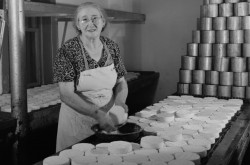
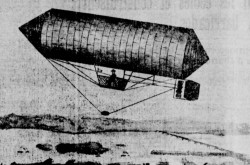
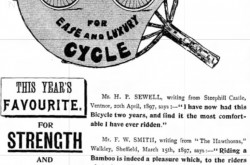
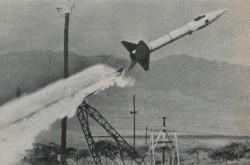
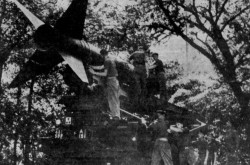
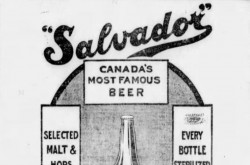

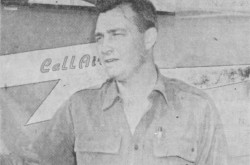
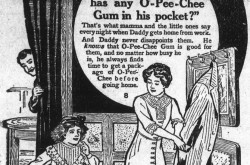
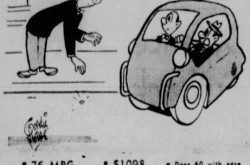
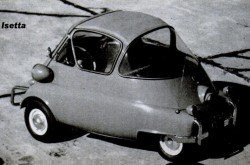
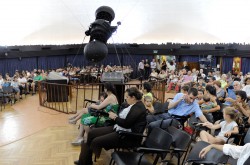
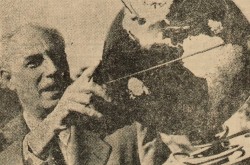
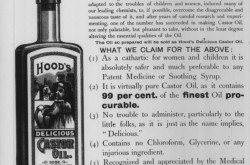
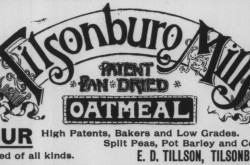
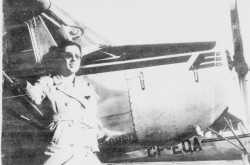
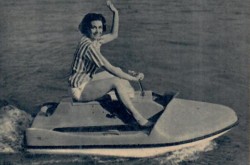

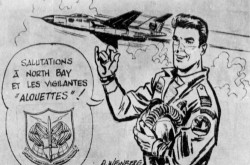
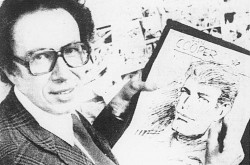
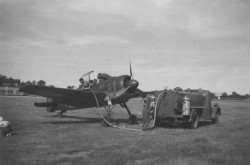

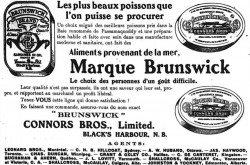


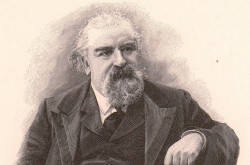
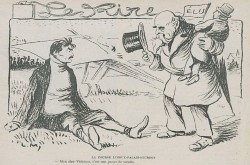
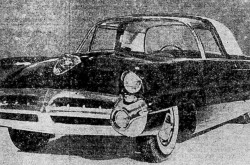
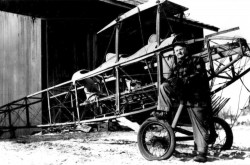
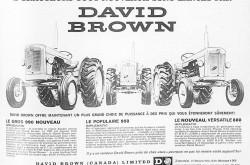
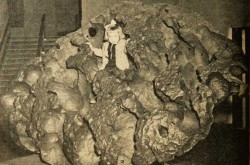
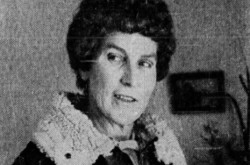
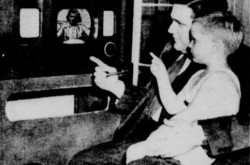
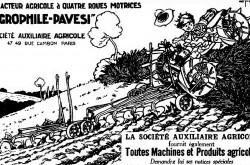
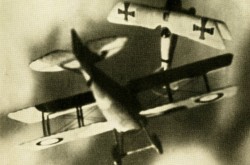
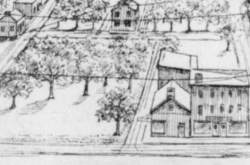
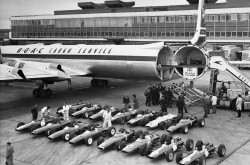
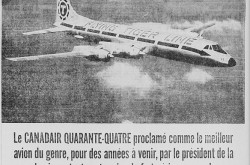
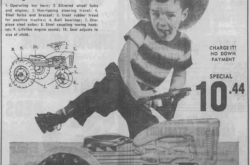
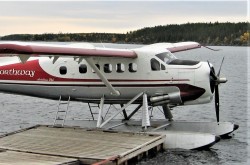
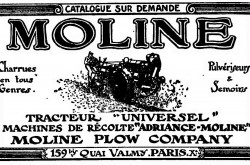
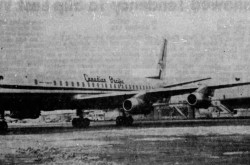
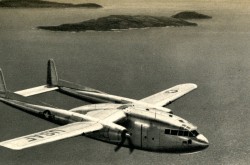
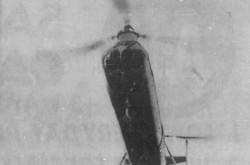

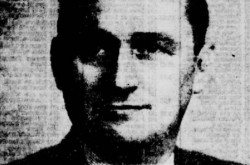
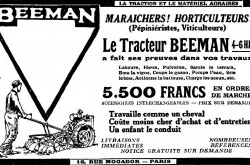
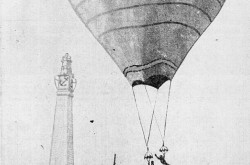

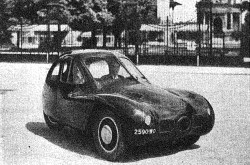
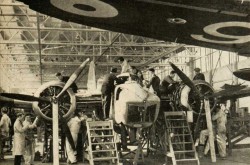
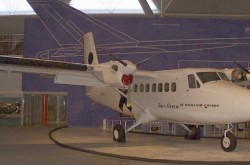
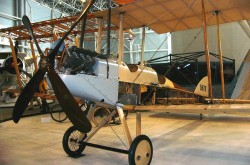
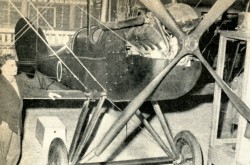

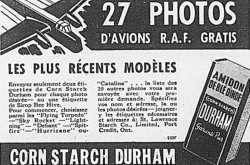

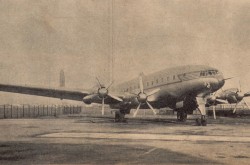
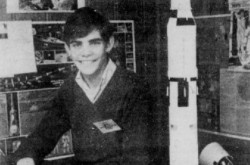
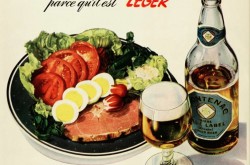
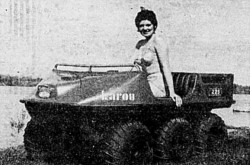
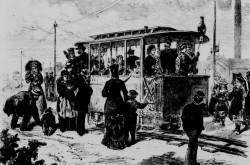
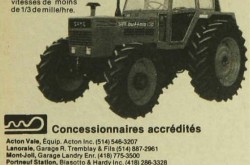
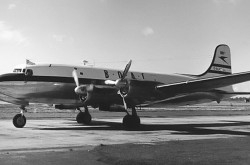
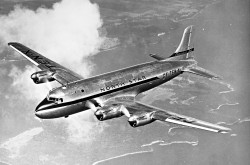
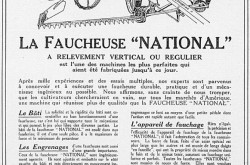
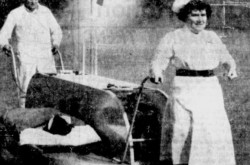
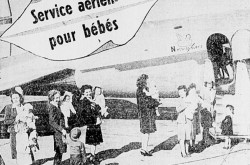
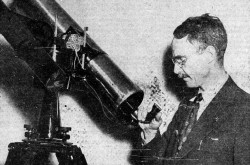
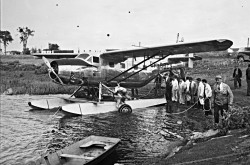
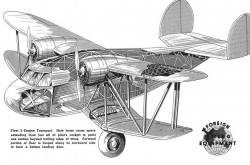
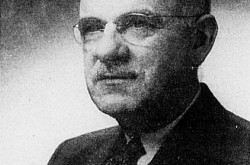
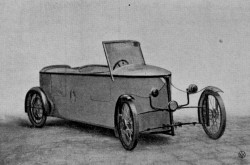
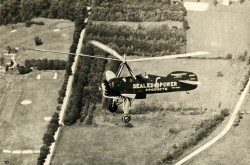
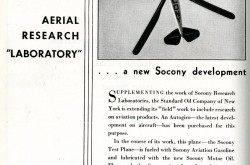
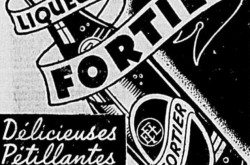
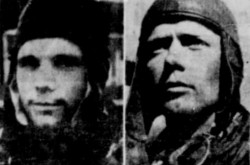
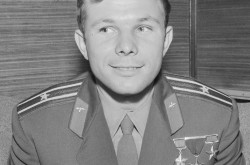
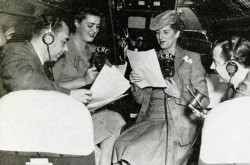
![Peter Müller at the controls [sic] of the Pedroplan, Berlin, Germany, March 1931. Anon., “Cologne contre Marseille – Le mystère du ‘Pédroplan.’ [sic]” Les Ailes, 2 April 1931, 14.](/sites/default/files/styles/thumbnail_7/public/2021-04/Les%20Ailes%202%20avril%201931%20version%20big.jpg?h=eafd0ed4&itok=WnBZ5gMf)
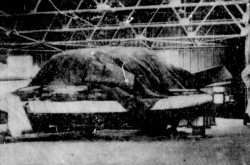
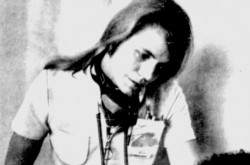
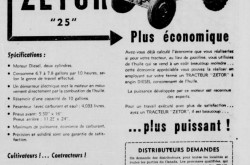
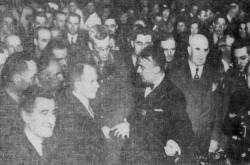
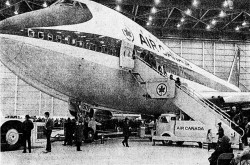
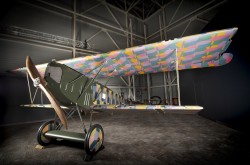
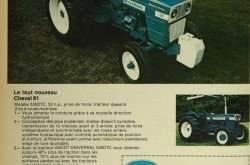
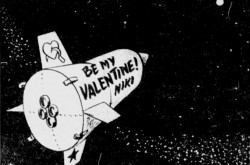
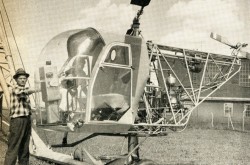

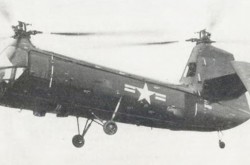
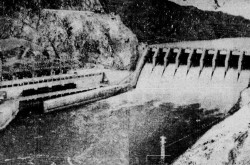
![One of the first de Havilland Canada Chipmunk imported to the United Kingdom. Anon., “De Havilland [Canada] DHC-1 ‘Chipmunk.’” Aviation Magazine, 1 January 1951, cover.](/sites/default/files/styles/thumbnail_7/public/2021-01/Aviation%20magazine%201er%20janvier%201951%20version%202.jpg?h=2f876e0f&itok=DM4JHe5C)
